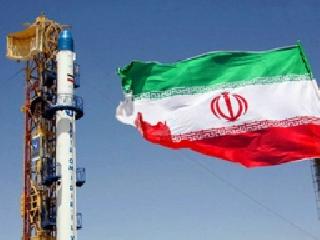
The Safir rocket that had launched Iran's first home-made satellite Omid in 2009.
TEHRAN (AFP): Iran has said it will showcase what it called a new range of rockets and satellites during annual celebrations marking the 32nd anniversary of the Islamic revolution.
Defence Minister Ahmad Vahidi on Sunday said the ‘Safir 1-B’ and ‘Kavoshgar 4’ rockets and ‘Rasad’ and ‘Fajr’ satellites would be unveiled during the 10-day celebrations that start on Tuesday, according to state television website.
Iran will mark on February 11 the 32nd anniversary of the 1979 Islamic revolution which toppled the US-backed shah.
Every year Tehran uses the occasion to tout its scientific and technological achievements.
The Safir (Ambassador) 1-B rocket can carry a satellite weighing 50 kilogrames (110 pounds) into an elliptical orbit of 300 to 450 kilometres (185 to 280 miles), the website said.
Iran sent into space in February 2009 the Safir 2 rocket carrying its first home-built satellite, called Omid (Hope).
The state television report said the other Kavoshgar (Explorer) 4 rocket has a range of 120 kilometres.
In February 2010, Iran launched a capsule carrying live turtles, rats and worms aboard a Kavoshgar 3 rocket in what was its first experiment to send living creatures in space.
In December, Vahidi said Iran would launch a Fajr (Dawn) reconnaissance satellite in the next few months, along with a Rasad (Observation) 1 satellite that was initially to have been launched in August 2010.
President Mahmoud Ahmadinejad meanwhile Sunday opened a new space research and training centre, media reports said.
Iran's missile and space programmes have sparked concern abroad that such advanced technologies, combined with the nuclear know-how that the nation is acquiring, may enable Tehran to produce an atomic weapon.
Iran denies its nuclear programme has military aims.
 Previous Article
Previous Article Next Article
Next Article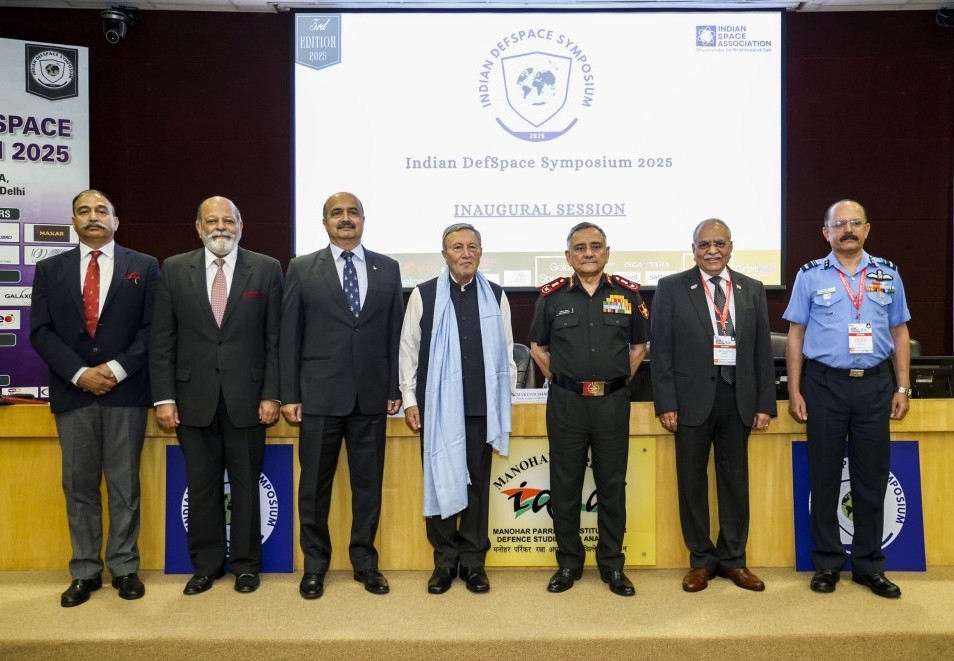
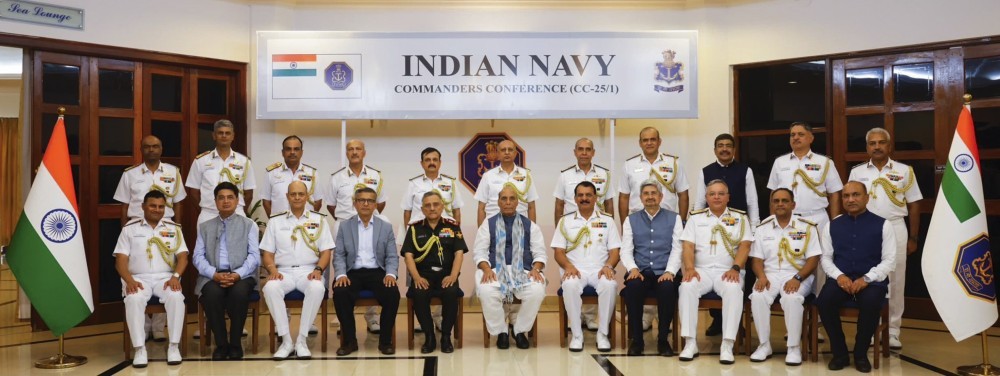
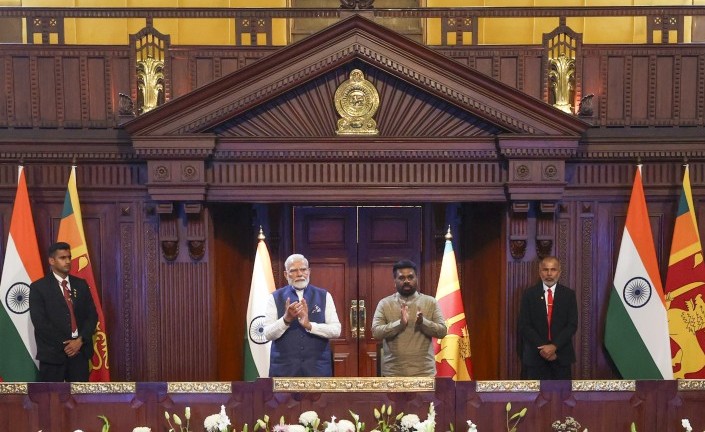
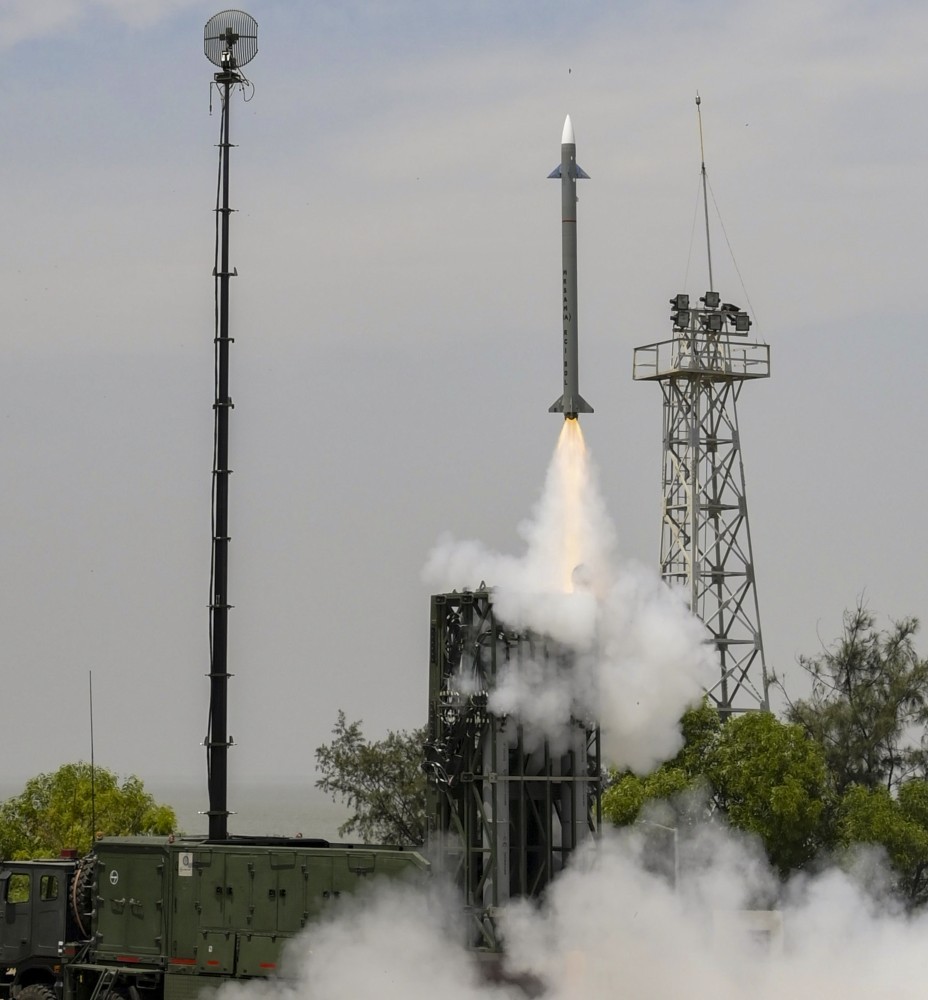










The Indian Air Force, in its flight trials evaluation report submitted before the Defence Ministry l..
view articleAn insight into the Medium Multi-Role Combat Aircraft competition...
view articleSky enthusiasts can now spot the International Space Station (ISS) commanded by Indian-American astr..
view article